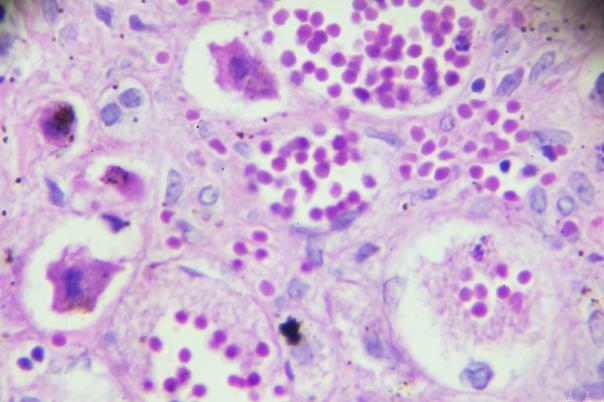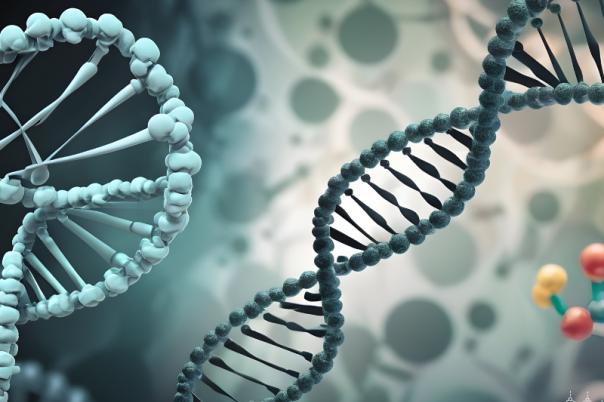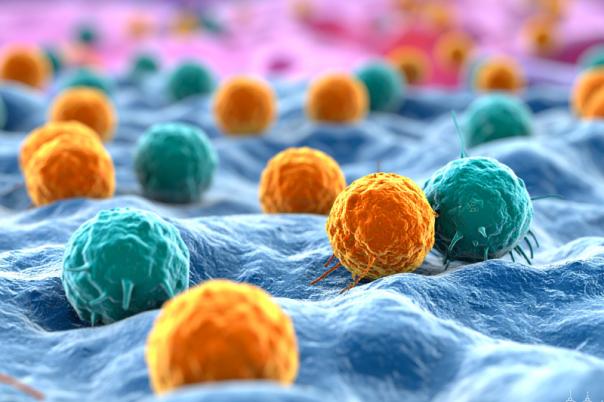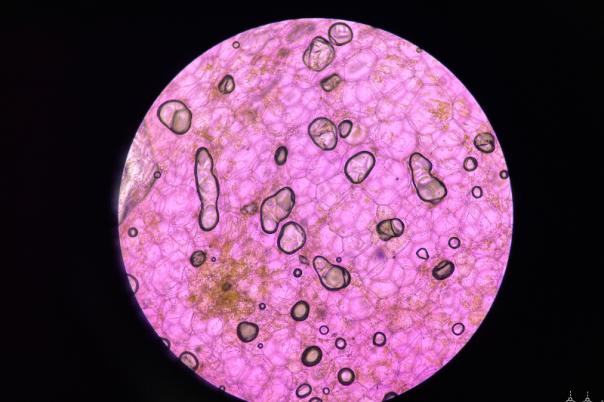The main pathologies in Alzheimer’s disease include extracellular plaques (amyloid beta deposits) and tau tangles (phosphorylated tau protein deposits), which lead to neurodegeneration and cognitive deficits. Frances Edwards, Professor of Neurodegeneration at University College London, discussed a defined microglial pathway in an Alzheimer’s mouse model. Edwards emphasised the role of spatial transcriptomics in refining data.
Many pharmaceutical and biotech companies have tried and failed to develop Alzheimer’s drugs. Edwards attributed this failure to the fact that these companies did not have a mouse model or any model that was practical to use. Therefore, Edwards and her group decided to develop a mouse model that investigated changes in plaque buildup and the development of tau tangles before the cognitive deficits set in. Sometimes humans can live with a substantial plaque load without experiencing severe mental deficits.
Current mouse models can develop plaques but not tau tangles, making it difficult to study the transition from plaques to tangles. When microglia cluster around the plaque, this is believed to be a protective mechanism that prevents this transition. Microarray and RNAseq studies show a positive statistically significant correlation between plaque load and microglial gene expression.
Edwards designed an experiment with NLF and NLGF knock-in mouse models, which have familial mutations causing Alzheimer’s disease, such as Trem2 R47H. The experiment investigated the relationship between microglia gene expression and their proximity to plaques. Spatial transcriptomics techniques, more specifically NanoString’s GeoMx, identified 32 plaque-induced genes (PIGs) in microglia. These genes show different expression patterns based on their proximity to plaques.
Further findings showed that the Trem2 R47H mutation affects microglial gene expression, particularly Trem2, which only increases when microglia are touching plaques. The findings were validated using immunohistochemistry (IHC), showing consistent results with protein expression.
Overall, the research highlights the importance of spatial transcriptomics in understanding microglial responses to plaques. It provides insights into the protective role of microglia and the impact of genetic mutations on Alzheimer's pathology.




